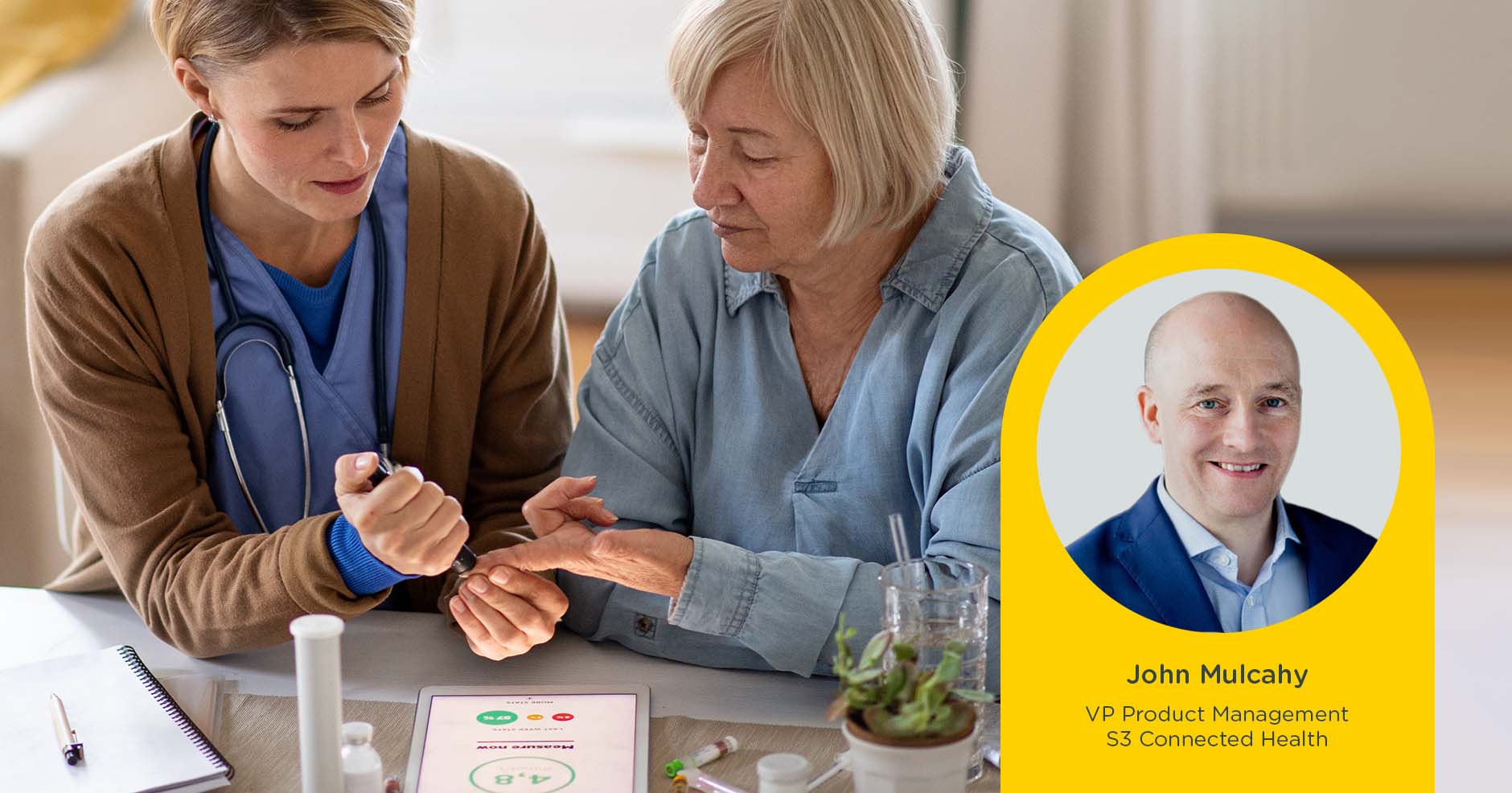For patients taking innovative medicines, engagement and adherence to their treatment regime is key to achieving the desired outcomes. Connected drug delivery devices are one category of connected medical devices, that when coupled with digital health solutions, can be an effective way to support patients in achieving their treatment goals. The data from these devices provide pharma with a greater understanding of how patients interact with their treatment and identify potential barriers to adherence which can be addressed in a timely manner.
This approach of pairing a connected drug delivery device with a digital health solution can be achieved in a more effective and efficient manner when building upon a digital health platform that supports the integration of these types of devices. Platforms provide pre-existing, standardized ways of connecting drug delivery devices into the overall digital health solution. They also offer the means to securely manage and interpret the data these devices provide, and ensure they are kept up to date in accordance with device regulations, such as FDA and EU cybersecurity and encryption requirements for data transport and storage.
Connected drug delivery devices: the key to the success of innovative medicines?
Innovative medicines used in therapy areas such as immunology, neurology and rare diseases tend to be high cost, have a subcutaneous route of administration (ROA), and a relatively infrequent posology; all of which increase the importance of each injection. Therefore, the ability to help patients build correct habits around their injections and provide a positive injection experience is crucial. While it is relatively easy for patients to create habits that fit into their daily routine when they take daily medication, it is much more difficult for them to build a habit when the injection only occurs fortnightly or monthly.
A digital health solution built on a platform that allows for the integration of connected devices, may have access to pre-existing, customizable digital health features and services, many of which are extremely helpful in the treatment of patients taking innovative medicines.
For example, a platform can provide the ability to set the medication schedule in accordance with the drug posology and label for connected drug delivery devices. This enables the configuration of digital care pathways, can support patients on their treatment journey, and allows their care teams to easily see how they are performing against their prescribed treatment regimen. By measuring and tracking how patients are engaging with the solution and the taking of their medication, a platform can help identify when patients may require additional supports and provide interventions if needed to remind patients to take medication. This could include tailored content to support behavioral changes that will help patients build habits around their medication regime, or schedule follow-ups with PSPs to help patients get back on track if they experience challenges.
Platforms may also offer the built-in configurability to handle more complex medical and pharmacokinetic principles, to understand and support the patient around the time window in which medication can be taken. They identify the next steps if a patient has missed a dose; such as whether it is counted as a missed intake and the patient should continue to take future doses as per the original schedule, or if the patient should take the dose as soon as possible and have the ability to adjust the overall schedule.
These capabilities, when combined with a connected autoinjector, enable an improved, data-driven, and timely support for patients.
Platforms offer standardized device integration, monitoring and management
A key benefit of using a solution built on a digital health platform is the ability to easily integrate the connected drug delivery device with the solution. This can be done through direct communication with devices over Bluetooth Low Energy to patient mobile applications, or via cloud integration for devices that directly communicate to the internet.
Where Bluetooth Low Energy is used for integration, the platform should provide ‘store & forward’ capability so that medication intake, recording and reminder clearing can also take place in offline mode when the patient's smartphone is not connected to the internet.
Device administration both on an individual and bulk level is another feature that may be available when developing on a platform. This can include assisting with discovery of all connected devices in the field, as well as dynamically tracking and tagging device status, including any error data and battery status. These capabilities allow pharma to conduct technical support of patient devices, and even conduct predictive maintenance based on observed patterns of failure, to ensure everything is working correctly, and that patients have a working auto-injector to take their injection as per the schedule laid out in their treatment plan. Remote configuration and control of devices, assistance with assigning devices to patients, the processing of the device data, device recall, and over-the-air firmware updates, can also be done easily and in a standardized manner, using a platform.
Pharma can also benefit from the proven processes a platform should have in place to help with connected device management. This is an invaluable support in the task of monitoring a potentially large number of devices that are in use by patients, which can expand across various regions and jurisdictions.
Third-party devices can play an important role in treatment and condition management
Sleep and exercise, for example, are often deemed important factors in living well with a chronic disease. It might, therefore, be appropriate to incorporate other third-party wearable devices outside of connected drug delivery devices that track these metrics, into the overall solution or digital care pathway. A digital health platform that has standardized methods of integrating these devices, and the information they produce, can expedite their effective integration and use into the overall digital health offering, at a much lower cost and complexity.
To learn more about how platforms can enable pharma to use connected devices, get in touch with the team today.


